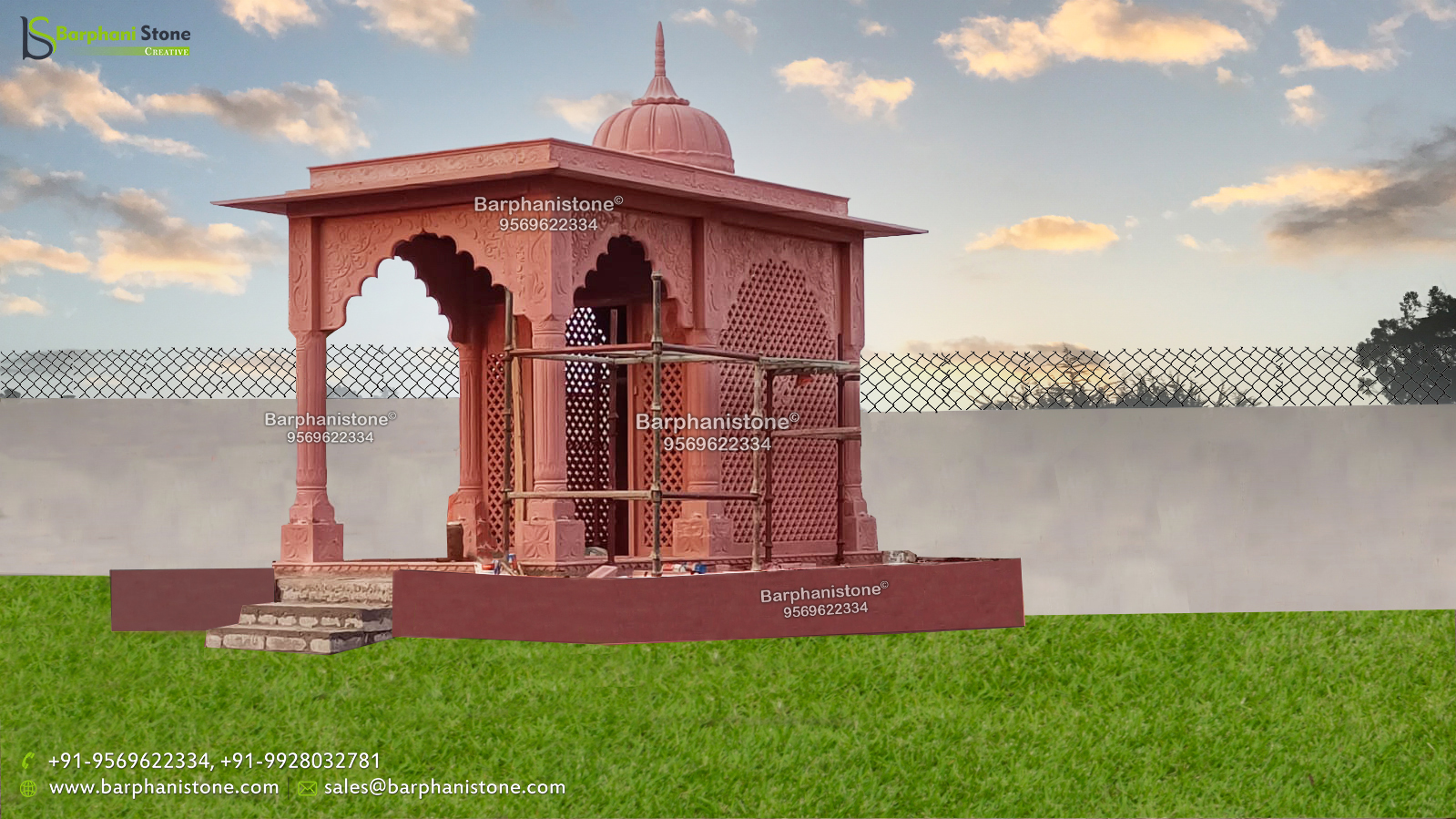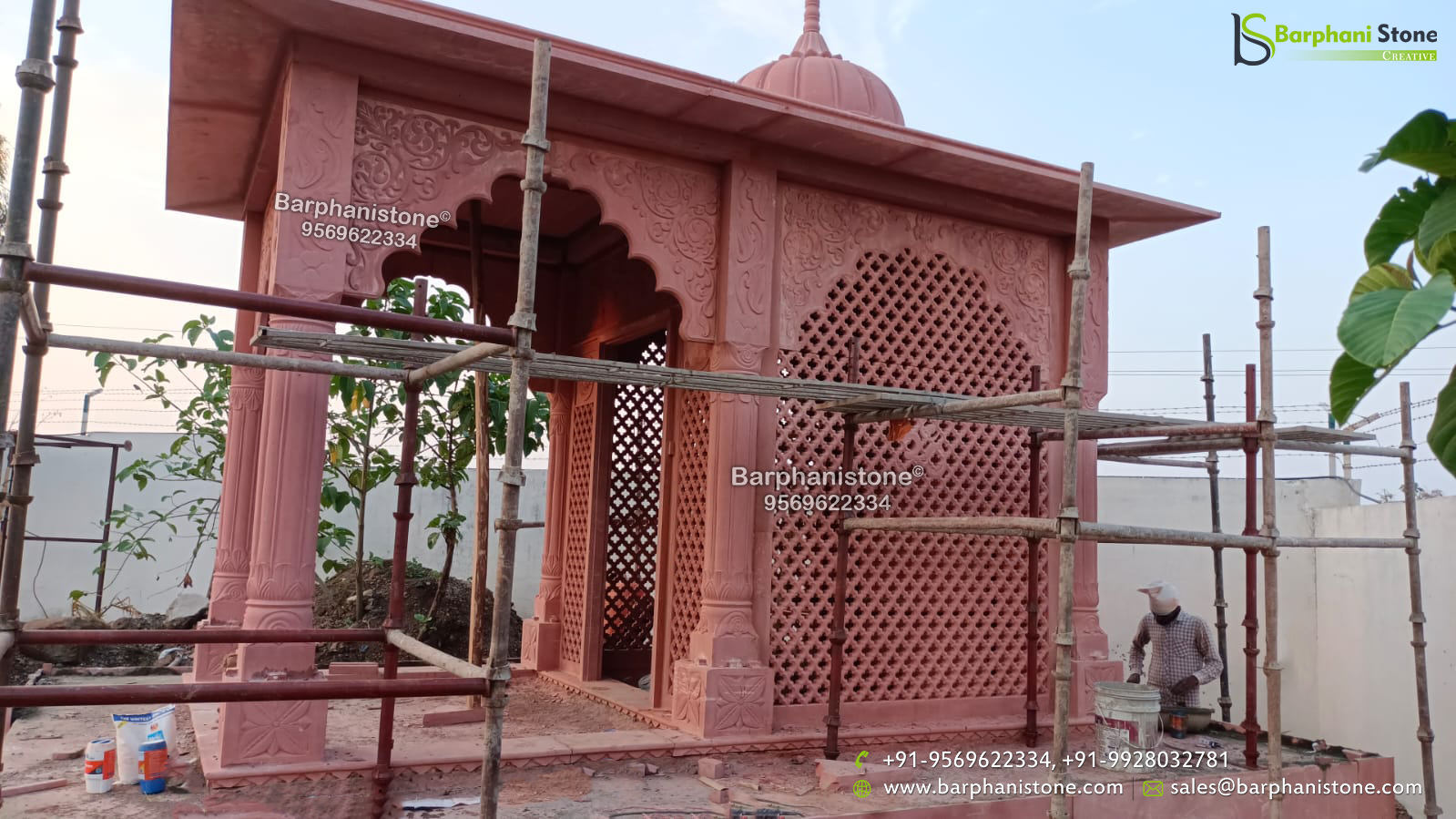 TEMPLE BUILT IN CHHINDWARA, MP
TEMPLE BUILT IN CHHINDWARA, MP
We have built this Redsandstone temple in Chhindwara, Madhya Pradesh .The size of this Temple is 9 x15 Feet. This temple is divided into two parts, Garbha Graha or Rang Mandap. The size of the Garbha Graha has been kept at 9 x 8 feet, Four pillars and wall have been used to make the Garbha Graha, in which the size of the pillar has been kept at 10 x 10 inches and the height has been kept at 96 inches and the thickness of the wall has been kept at 40 mm. In this temple, The size of the Rang Mandap has been kept at 9 x 7 feet. Four pillars have been used in the construction. Carving have been used to decorate the Rang Mandap, which is made of full stone. The height of this temple has been kept at 16 to 17 feet.
Temples have always served as pivotal spiritual centers, entwining faith, artistry, and community across cultures and epochs. While many may think of temples as mere places of worship, they are, in fact, repositories of rich cultural heritage, historical narratives, and architectural innovation. This article explores the unique content of temples around the world that showcases their significance beyond just religious practices, celebrating their contributions to art, history, and community life.
Ritual Practices A Confluence of Community and Faith
Beyond their architectural splendor, temples are social hubs that foster community spirit and cultural continuity. Ritual practices, festivals, and traditional ceremonies often revolve around these sacred spaces. The Temple in India sees thousands of devotees participate in elaborate rituals, each imbued with symbolic meaning, reinforcing the cultural narratives and religious beliefs that bind the community together.
Cultural Symbols Embodying Local Traditions and Beliefs
Temples also serve as cultural symbols, embodying local traditions and social dynamics. It is not just a religious site for Hindus and Buddhists but also a national emblem of identity. This grand complex, originally built as a Hindu temple to honor the god Vishnu, has evolved into a symbol of Khmer heritage, celebrated for its stunning bas-reliefs and grandeur.

Cultural Importance
Sandstone temples are not just architectural constructs; they are living embodiments of the cultural and spiritual life of communities. They serve as centers for worship, festivals, and communal gatherings, reinforcing social bonds and cultural continuity. The rituals performed within these temples often reflect ancient beliefs, traditions, and values, passed down through generations.
In addition to their religious significance, sandstone temples have also contributed significantly to tourism and education. Many temples draw visitors from around the world, eager to explore their historical and architectural wonders.